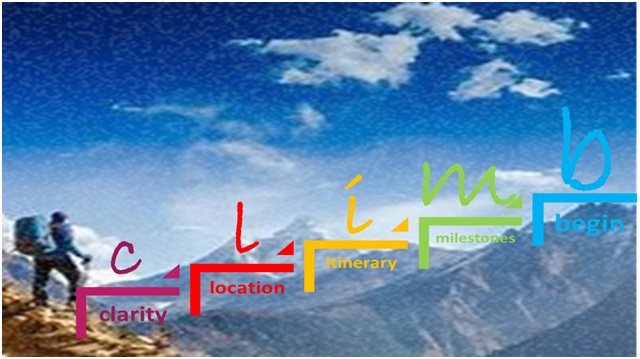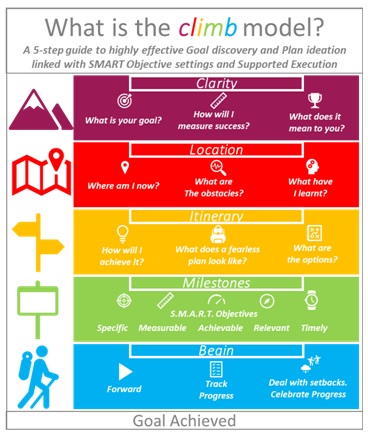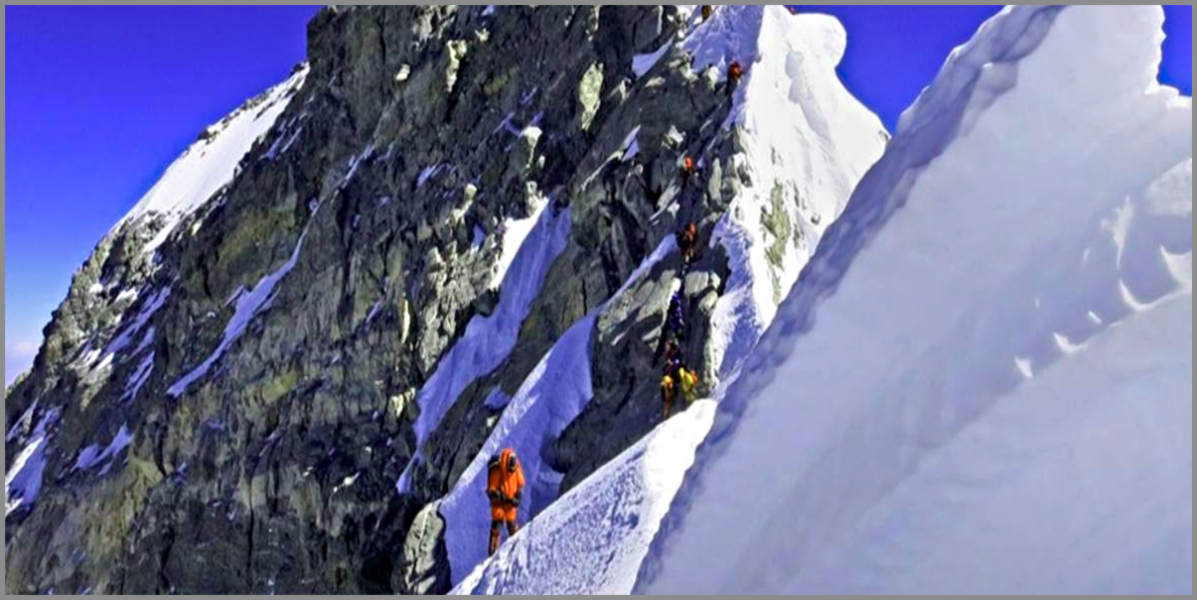A Coaching Model Created by Stewart Edmed
(Executive Coach, CHINA)
A Coaching Model for Professionals, Families, and Businesses moving life & work between East & West.
 Introduction
Introduction
I have spent over 25 years working in Europe and Asia, almost all of that with an American Fast-Moving Consumer Goods Company. During both my personal life of moving self and family through7 countries, I have marveled at the gaps, overlaps, and misconceptions of the different languages, cultures, expectations, behaviors, and norms that I have encountered. And as an employee, a director, and a leader of other leaders, I can report that coaching skills have never been so critical to help bridge these gaps and foster personal and professional growth, particularly when it comes to where the cultures of Eastern (Asia) and Western (Europe and North America) intermingle. I also recognize this as part of the broader human need for a bridge of understanding when individuals, families, and professionals need to adapt and embrace change.
 Diagram 1: The climb Model overview.
Diagram 1: The climb Model overview.
While this model is firmly created on the foundation of the GROW model, it is adapted to help clients who are needing to adapt and thrive in a different opposite culture, like ‘East’ and ‘West’, and especially one the client thinks they already understand. The model design is also inspired by the physical need to overcome the Himalayas when transitioning between East and West. Mentally, one must get the lay of the different landscape, identify the challenges ahead and overcome them to achieve personal and professional success. Diagram 1 explains the broad outline of the model.
Differences to the GROW Model
The climb Model is a 5-step process but familiar to any users of the GROW model. However, it has 3 distinct differences. One is that it is rooted in the imagery of a physical journey of achieving a goal: the scaling of a mountain to see and understand the ‘view from the top’, which is also a reflection of the personal inner journey the client undertakes. Second, it takes the resulting action plan to another level of structure, using the widely understood framework of SMART objectives (Specific, Measurable, Achievable, Relevant, and Time-bound). And thirdly, it has the step for not only tracking that progress but also dealing with setbacks and self-recognition of successes.
The clients that may benefit from this model are anyone encountering a different environment, be it countries, companies, functions, life stages: it lends itself to anything related to managing Change. It is not necessarily only relevant to those moving between East and West.
The use of this model moves the client through self-discovery, a reflection of where they are today, the options they have, and what they plan to put in place to succeed in that change. The coaching would be delivered in a series of sessions, no less than 5 and up to 12 over a 1-3 month period, following an initial discovery session and with recommended follow-up sessions at reasonable intervals afterward as an extension of phase 5. Coaching would be delivered in a 1:1 format, ideally face-to-face but also potentially by phone/zoom/skype or similar.
Step 0 – Discovery
The first meeting would be a discovery session for the coach0client and other stakeholders (eg company to establish the elements of a successful relationship:
- To check coach-client chemistry is compatible
- To establish the professional objectives of the coaching program: the scope of work, of what coaching is (and that it is not mentoring, therapy, or advice). The roles and responsibilities, behavioral norms, principles e.g. good faith, 100% focus, legal and ethical standards to be adhered to, and of course confidentiality.
- To establish the administrative aspects of session location, medium, length, frequency, and number; also, payment schedule, review date, confidentiality, sponsor involvement, contract, cancellation/termination policy.
- To establish the psychological expectations over and above (2) and (3): any worries, desires, boundaries, or expectations beyond the contracted, written scope.
Step 1 – Clarity
 In this first step, we bring the client to a level of awareness of themselves and the goal(s) the client wants to establish, what measure of success the client is looking for, and importantly what success means for the client. If the imagery of the goal being to scale a mountain (which mountain?), the location of base camp (where are you now?), and the measure of success (an image of standing on the top) is useful, it will be employed, otherwise, it can be discarded as the model stands without this imagery or can be replaced with another more relevant to the client.
In this first step, we bring the client to a level of awareness of themselves and the goal(s) the client wants to establish, what measure of success the client is looking for, and importantly what success means for the client. If the imagery of the goal being to scale a mountain (which mountain?), the location of base camp (where are you now?), and the measure of success (an image of standing on the top) is useful, it will be employed, otherwise, it can be discarded as the model stands without this imagery or can be replaced with another more relevant to the client.
Step 2 – Location
 Once we have clarity on the first phase, we must establish where the client is about achieving this goal: Where are you now? What obstacles the client feels must be overcome? This step requires careful and thorough coaching to help the client uncover what the root cause of those obstacles is; the obstacles that are verbalized may only be the symptoms of the underlying cause: of beliefs, behaviors, boundaries that may be self-imposed but invisible blocks to progress. It also is designed to make the client aware of hidden strengths, of previous successes that the client may be able to use to combat any pessimism on their ability to achieve their goal. This phase is closed out by an iterative cycle of ensuring the client has learned why they are where they are and essentially has clarity in their own mind on where they are, why they are where they are and where they want to go.
Once we have clarity on the first phase, we must establish where the client is about achieving this goal: Where are you now? What obstacles the client feels must be overcome? This step requires careful and thorough coaching to help the client uncover what the root cause of those obstacles is; the obstacles that are verbalized may only be the symptoms of the underlying cause: of beliefs, behaviors, boundaries that may be self-imposed but invisible blocks to progress. It also is designed to make the client aware of hidden strengths, of previous successes that the client may be able to use to combat any pessimism on their ability to achieve their goal. This phase is closed out by an iterative cycle of ensuring the client has learned why they are where they are and essentially has clarity in their own mind on where they are, why they are where they are and where they want to go.
Step 3 – Itinerary
 The 3rd phase now moves into further client ownership of the solution. It begins with open questions of how the client will move forward, how the goal will be achieved: in essence what is the itinerary for the journey? Tools may be employed such as Flip-It to allow plans to be made with a fearless point of view. So ‘What does a plan look like if we look at this with positivity and optimism? And from these points moving the client towards sketching out options (like different routes and therefore different tools, structures, equipment, and so on) that will help them overcome obstacles they now clearly can identify.
The 3rd phase now moves into further client ownership of the solution. It begins with open questions of how the client will move forward, how the goal will be achieved: in essence what is the itinerary for the journey? Tools may be employed such as Flip-It to allow plans to be made with a fearless point of view. So ‘What does a plan look like if we look at this with positivity and optimism? And from these points moving the client towards sketching out options (like different routes and therefore different tools, structures, equipment, and so on) that will help them overcome obstacles they now clearly can identify.
Step 4 – Milestones
 Up to this point, the influence of the GROW model is quite clear. However, at this stage, we marry GROW together with the powerful framework of SMART goals (see image for an explanation of the meaning of each letter). Often plans fail as the milestones along the way are not suitable, not well defined, and sometimes not relevant. So time is taken to establish clear milestones that suit the client: there may be many or few, big or small, but they all are designed to a) give direction, b) give forward motion and points of completion plus c) a clear jumping-off point if (or when) the next milestone is found to be troublesome to achieve. In effect, it more clearly lights the path to the goal, so the client does not get lost along the way.
Up to this point, the influence of the GROW model is quite clear. However, at this stage, we marry GROW together with the powerful framework of SMART goals (see image for an explanation of the meaning of each letter). Often plans fail as the milestones along the way are not suitable, not well defined, and sometimes not relevant. So time is taken to establish clear milestones that suit the client: there may be many or few, big or small, but they all are designed to a) give direction, b) give forward motion and points of completion plus c) a clear jumping-off point if (or when) the next milestone is found to be troublesome to achieve. In effect, it more clearly lights the path to the goal, so the client does not get lost along the way.
Step 5 – Begin
 And here the client will be eager to get underway and begin their journey. It will depend entirely on the size of the goal and the length of time needed to achieve it, but the scheduled meeting frequency will reduce upon agreement with the client but there remains an open channel for touchpoints by email, text, or short call for any snags or to share successes. This is akin to a climber radioing back and reporting progress or minor obstacles. The face-to-face scheduled meetings are there for progress markers, and of course to check if the overall goal remains the overall goal.
And here the client will be eager to get underway and begin their journey. It will depend entirely on the size of the goal and the length of time needed to achieve it, but the scheduled meeting frequency will reduce upon agreement with the client but there remains an open channel for touchpoints by email, text, or short call for any snags or to share successes. This is akin to a climber radioing back and reporting progress or minor obstacles. The face-to-face scheduled meetings are there for progress markers, and of course to check if the overall goal remains the overall goal.
References
- The GROW model (ICA Coaching Theory sessions)
- Personal Experiences of using the SMART framework
- ICA document ‘Coaching Model Requirements’

